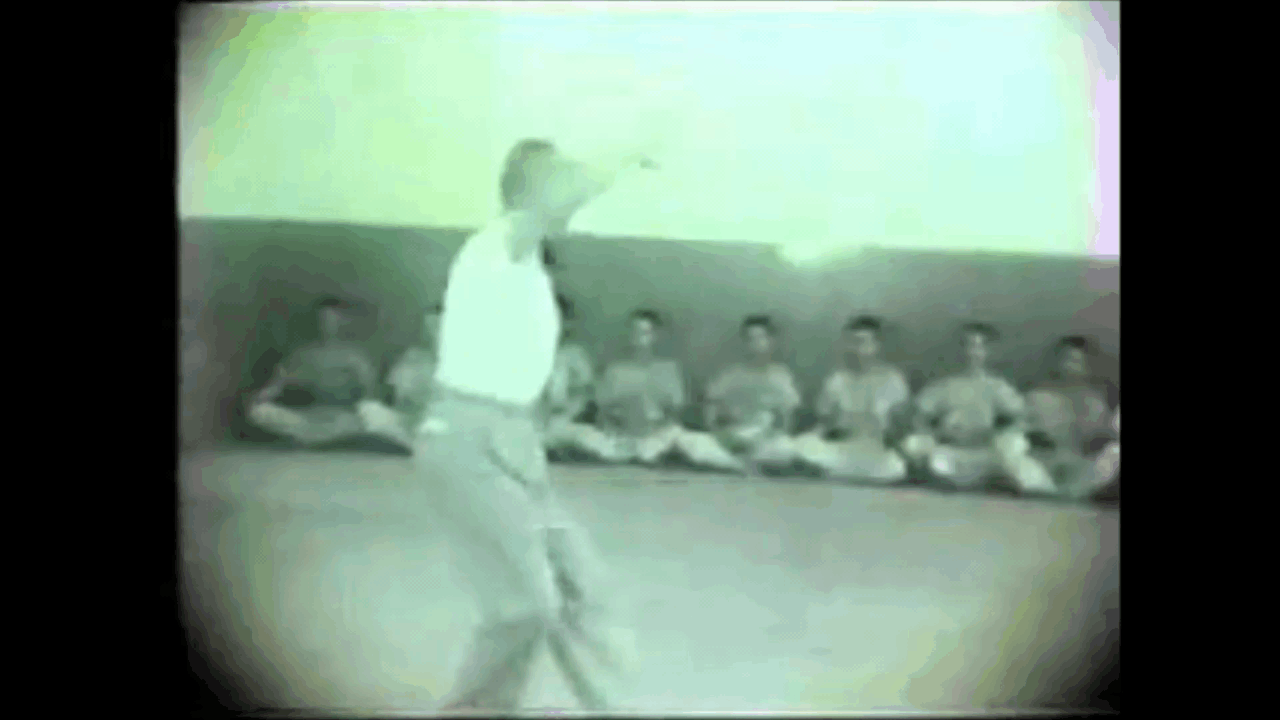Same Trick
Black Belt
Yes you are right, the taiji form is not for performance, but the form hold importance.The long from is not meant to be.
Training to do the long from, can be .
Depending on line and linage of ones practice.

Ben Lo:
"
Prof. Zheng taught students in China differently from the way he taught students in the United States. When he taught me, he was very strict, especially when he was younger. My legs would be so sore that, when I went to bed at night, I had to use my hands to lift my legs onto the bed.
He was kinder with American students. He got softer as he grew older. The Professor also
said in the Thirteen Treatises that practicing taiji made him softer."
Ben was very strict in enforcing his training requirements.
His classes were legendary among those who trained in them, having endured the effort and pain of his teaching methods.
Meeting the requirements was not easy—though it may have looked effortless, the training that created that appearance was anything but.

Teacher Wang also told an example of Yang Chengfu teaching him. Yang asked him to stand in the "lifting
hand up" posture and walked away to smoke a pipe. Yang came back more than ten minutes later and kicked Wang, who was kicked down.
Yang said, no, not relaxed enough. You have to continue standing and find how to relax.
Wang continued to stand, and felt that he could not support himself and had no strength, so he tried to find a way to not be exhausted.
Gradually, he felt that his whole body was relaxed and comfortable.
Yang came back and kicked him again, and he did not fall. Yang asked: "Do you have a feeling about
relaxation this time?"
Wang said: "I have a little experience."
I would imagine so
The purpose of the practice is not merely to perform the form— it never was.
The form is just one component, used to teach different aspects depending on the lineage and training approach.
As I wrote previously the Taiji form(the outer shape) stem from the long fist tradition a tradition that fused martial methods with gymnastic movements into by itself an excellent martial art. With Taiji the long fist form was kept as a vessel to be filled with the Taiji principles/mind, as our god-given bodies are the vessels of our soul in this reality we live, we should to take care of the vessel. So in this light a bit of bodily exercising is good, so that’s one of a good reason to mind the whole Taiji form.

